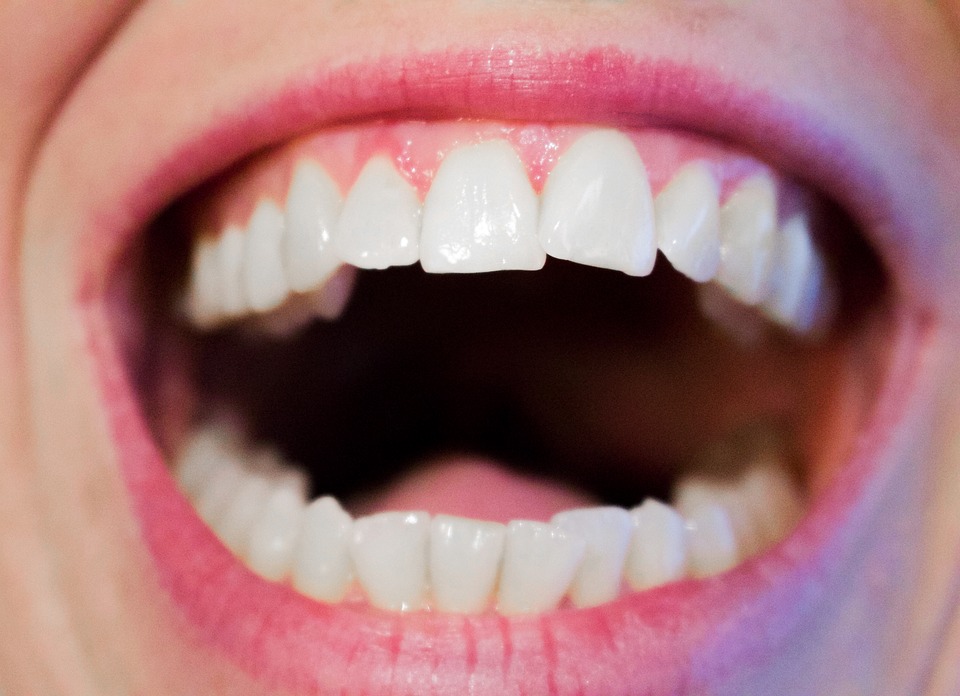
Gum disease symptoms & how to treat it. If you’ve seen specs of blood in your sink when you brush, it could be a sign that you have gum disease. In the early stages, this is called gingivitis. At that stage, only your gums are infected. You should seek treatment at the first sign of gingivitis. If you do not, the infection can move from your gums and into the bone. When this happens, your gum disease becomes a more serious infection called periodontitis.
Gingivitis and periodontitis have both been shown to increase your risk of conditions such as diabetes, heart disease, osteoporosis and even cancer. Early detection is your best bet in fighting gum disease. When you know what to look for you may be able to catch and treat it before the disease gets out of hand.
Symptoms of gum disease
One of the first signs of gum disease is red, swollen gums as the infection cause inflammation along the gum line. You may experience gum sensitivity when you brush or flush as well as slight bleeding as mentioned above.
When you first develop gum disease, your breath should not change much. But as the condition worsens you might notice bad breath. Your teeth may also start to appear longer than they normally do. This is because gum disease will eventually cause your gums to shrink causing your teeth to seem like they are increasing in length. This is known as receding gums. Tooth sensitivity will likely follow closely behind receding gum as the sensitive part of the teeth will be exposed. Finally, your teeth may start to wiggle or shift as the bone that normally would hold them in place starts to weaken from the infection.
Treatment for gum disease
If you’ve noticed any signs of gum disease, you need to make an appointment to see your dentist right away, so he or she can get the infection under control.
Deep cleaning
Usually, the first method your dentist will use to control gum disease is deep cleaning. During deep cleaning, the dentist will scrape tartar from above and below your gum line. This is called scaling. The dentist may also do root planning, a process that smooths the rough surface of your teeth. Root planning will help your gums to reattach to your teeth. You may need to make a few visits to your dentist to complete the deep cleaning.
Sometimes gum disease is too severe for deep cleaning to fix the problem. In that case, you may have to resort to gum surgery. There are two types of gum surgery that your dentist may suggest—gum graft surgery or flap surgery.
Gum graft surgery
Gum graft surgery is the more common of the two surgical options for treating gum disease. For this procedure, a dental surgeon will take a flap of skin usually from the roof of your mouth. This flap will then be used to cover the exposed roots of your teeth to prevent bone decay and tooth loss.
Flap surgery
In a flap surgery, the dental surgeon will lift your gums to get to the tartar deep beneath the gum line. When the tartar is removed, the surgeon will stitch your gums back in place. The gums will then fit tightly around the teeth and make it hard for tartar to form there again.
Are you looking for a dental clinic in Surrey?
If you suspect you may have gum disease and need to find a dentist in Surrey, come to see us at Newton Village Dental Clinic. Our talented and experienced dental team is committed to providing a comfortable, stress-free, and rewarding dental experience. So, give us a call today to schedule an appointment.




